Rather than an adornment to elevate a table, those in the business see stemware as an instrument to convey the wine’s message.
Anyone who inherits even a modest collection of vintage crystal is often surprised with the variety of sizes and shapes, especially if the collection dates from an era when fine wine was a privilege of a limited few. Vintages were served with elegance, while common table wines might only merit a jelly jar.
Today everyone wants to pour with panache no matter the cost of the wine or whether the event is a backyard barbecue or a black-tie soiree. “Even if people are not wine drinkers, many still want to have a good set of all-purpose glasses. Nobody thought of that 25 years ago, even 10 years ago,” says Jay Buchsbaum, executive VP marketing and director of wine education at Royal Wine Corp.
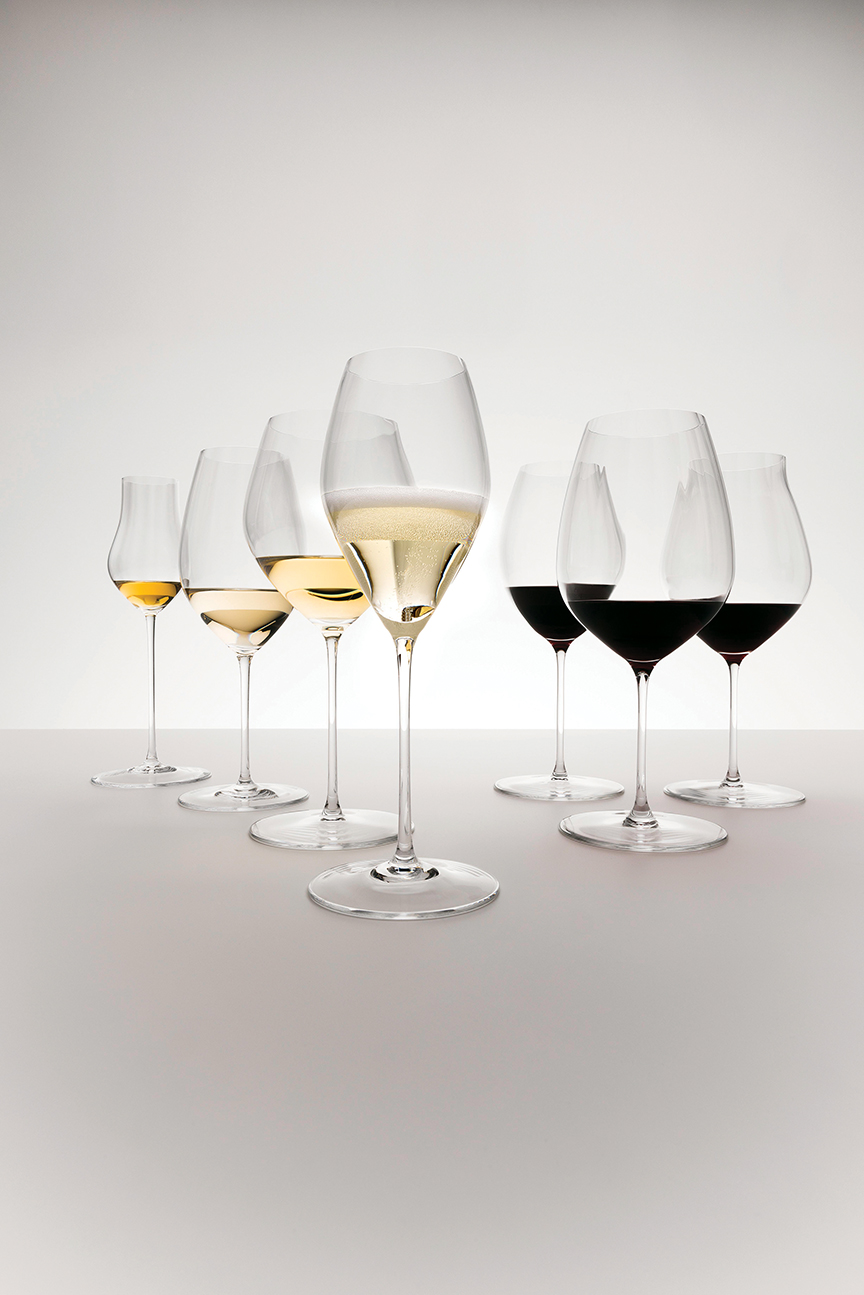
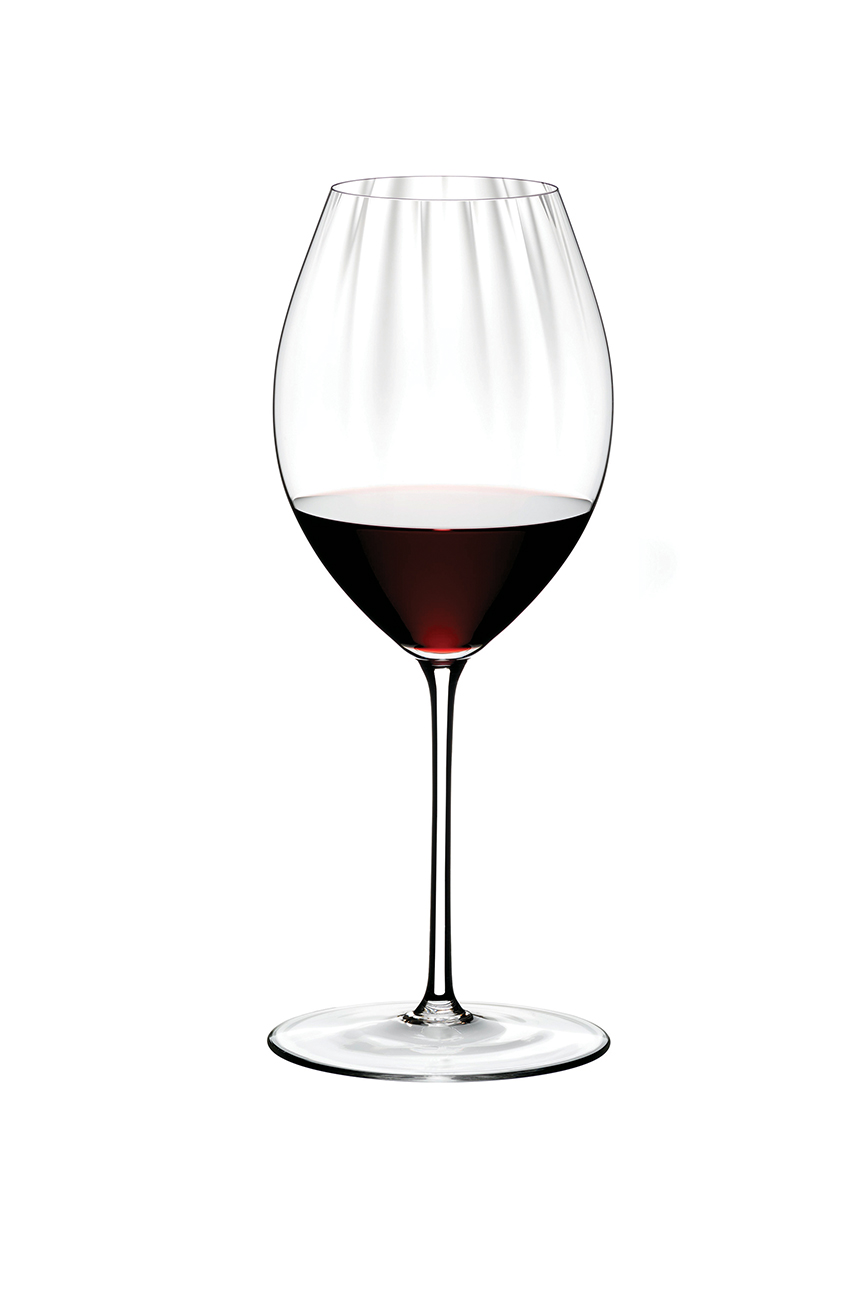
RIEDEL PERFORMANCE SHIRAZ
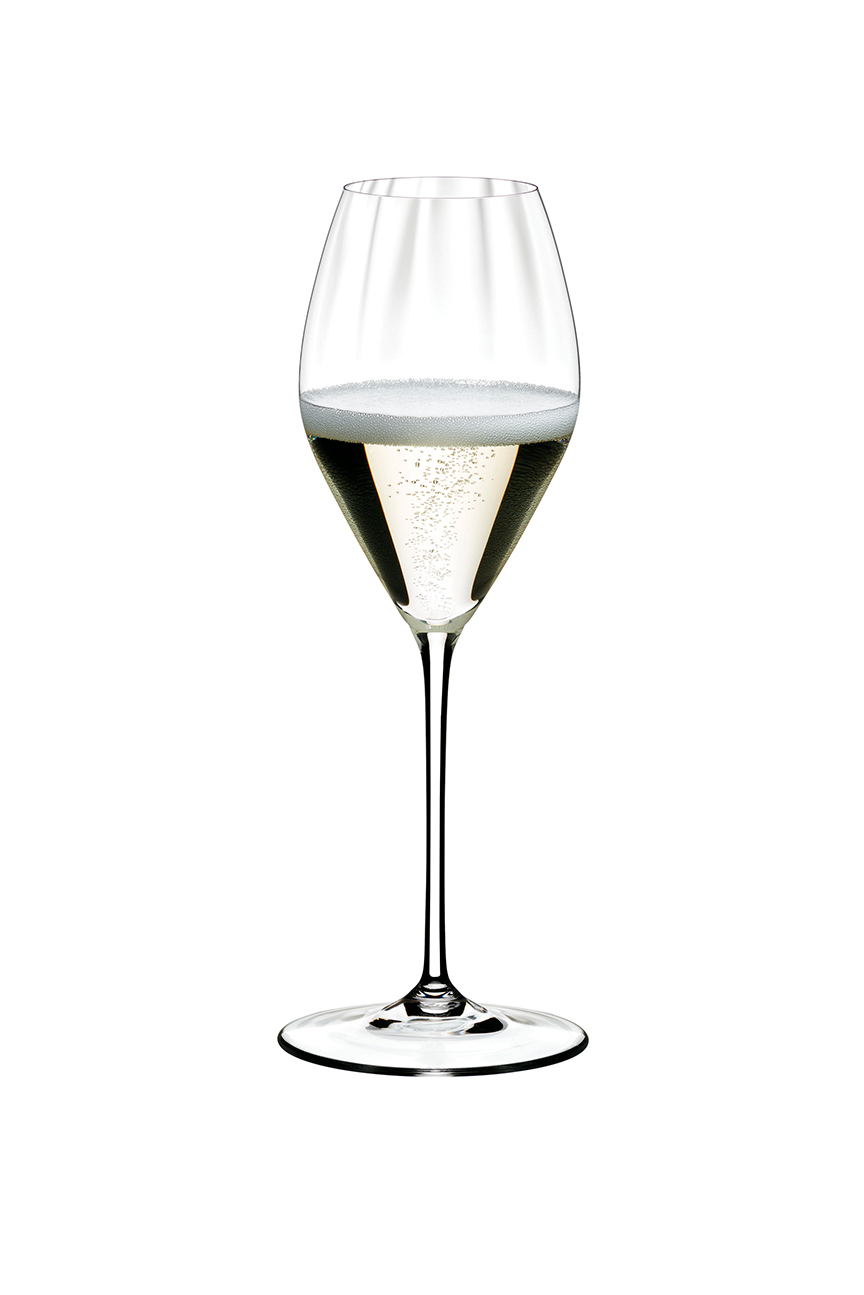
RIEDEL PERFORMANCE CHAMPAGNE
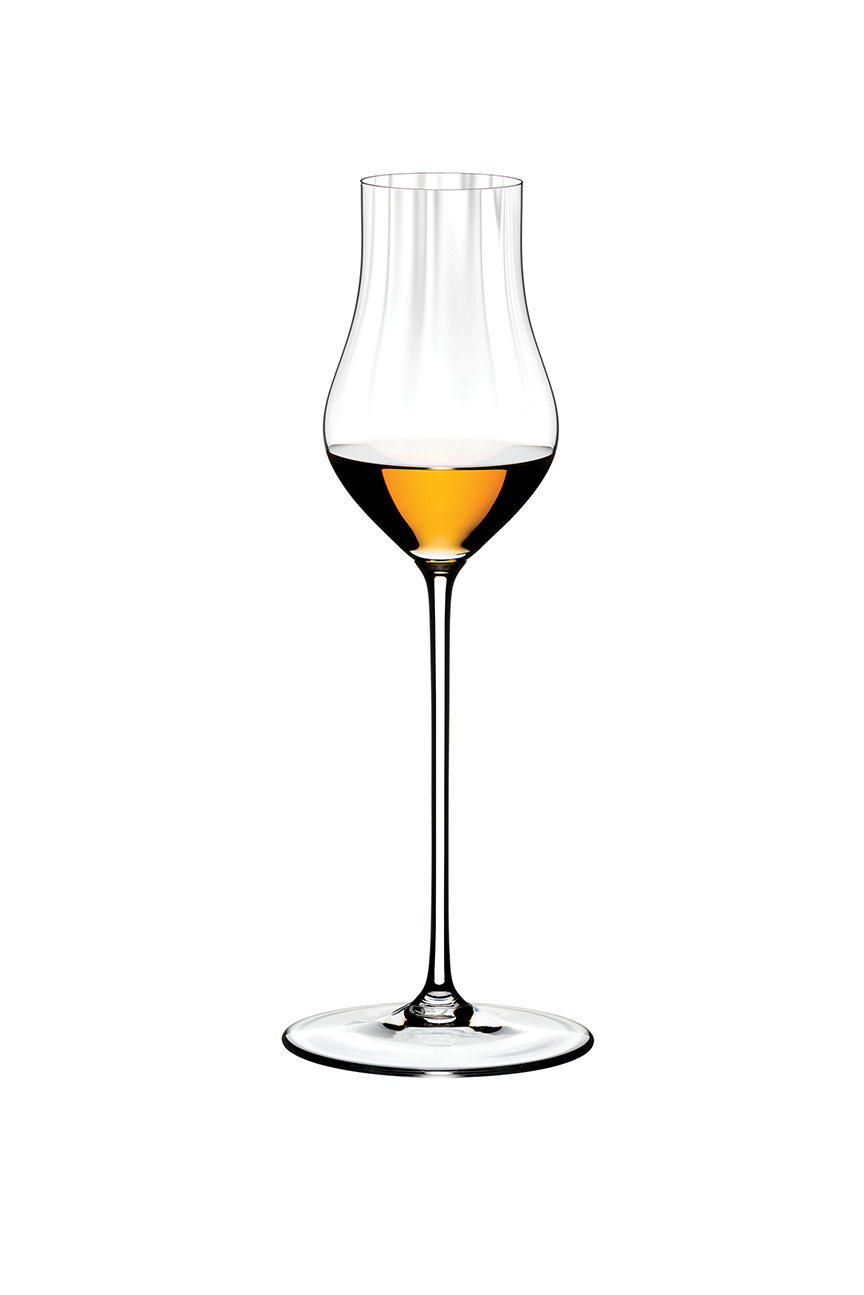
RIEDEL PERFORMANCE SPIRITS
What’s considered an acceptable vessel can range from a basic tulip shape that works for both reds and whites to a growing number of silhouettes designed for specific varietals and grapes. Claus Riedel was one of the first to recognize the effect of shape on the perception of wine and spirits. In the 1970s, his eponymous company introduced glasses based on the character of the grape. Today, Riedel continues to innovate, introducing collections designed to enhance the experience of a range of varietals and grapes, including New World wines.
“It’s all about physics,” says Gabe Geller, top sommelier at Royal Wine Corp. “The bowl of the glass is designed with the surface area in mind. Red wines generally need to breathe, so a fuller, rounder bowl with a wide opening suit them best. Whites stay cooler in bowls that are straighter on the sides.” Rosés can be served in white wine glasses, but there are also glasses with shorter bowls that are slightly tapered with a flared rim for the best experience. “The rim affects the way you sip. The flair helps direct the wine directly to the tip of the tongue,” says Geller.
A wine glass’ architecture includes the base, stem and bowl; variations in the bowl define the experience.
“It’s all about physics,” says Gabe Geller, top sommelier at Royal Wine Corp. “The bowl of the glass is designed with the surface area in mind. Red wines generally need to breathe, so a fuller, rounder bowl with a wide opening suit them best. Whites stay cooler in bowls that are straighter on the sides.” Rosés can be served in white wine glasses, but there are also glasses with shorter bowls that are slightly tapered with a flared rim for the best experience. “The rim affects the way you sip. The flair helps direct the wine directly to the tip of the tongue,” says Geller.
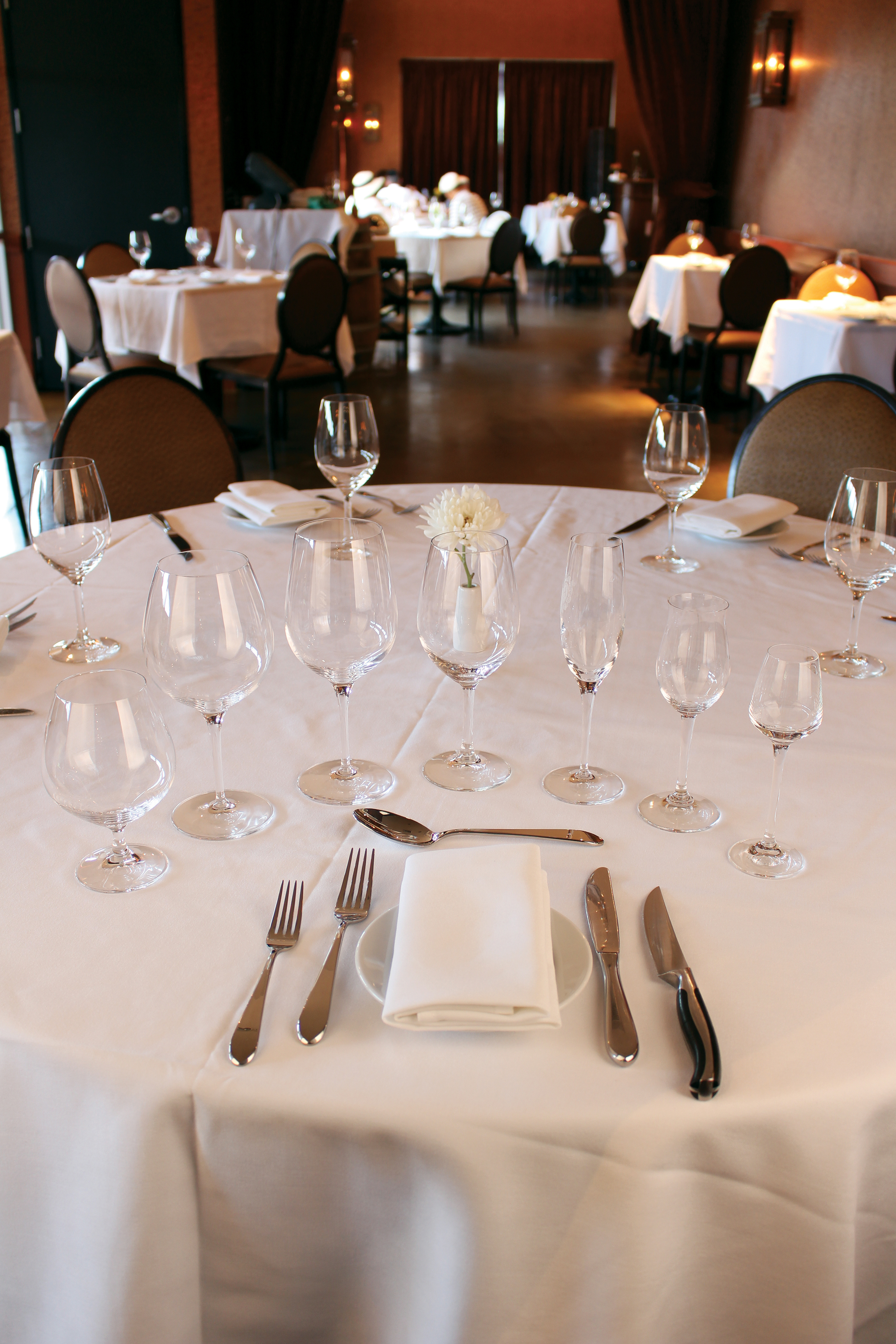
Photo courtesy of the Royal Wine Corp.
“The truth is it can be as simple or as complex as you want it to be. The varieties are endless,” shares Geller. “A good universal wine glass is perfectly suitable for anything, from your summer afternoon Ramon Cardova Rosado to a vintage Bordeaux such as Baron de Rothchild Haut-Medoc.”
Stemmed vs. stemless? In part, it’s a matter of preference and utility. The absence of a stem does “not change the ability of the wine to show its best in terms of aromatics and flavor. The same swirling and the same tapered top that is necessary for a wine to show its best can be duplicated,” says Buchsbaum, who does have some reservations regarding the ability of a stemless glass to maintain proper temperatures.
Photos courtesy of Riedel, from the Flickr account of Bettina Lorenzoni.


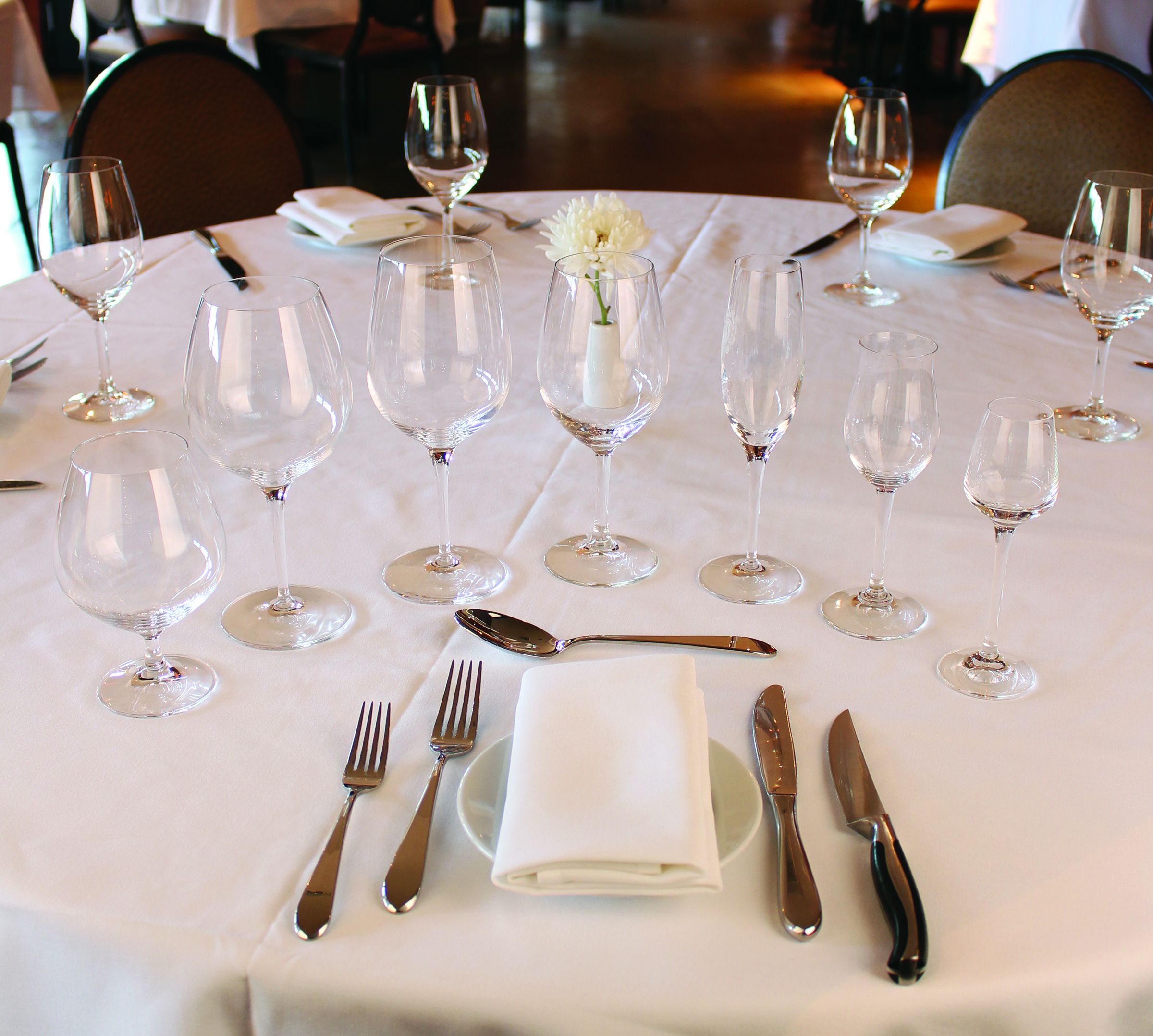
Leave a Reply